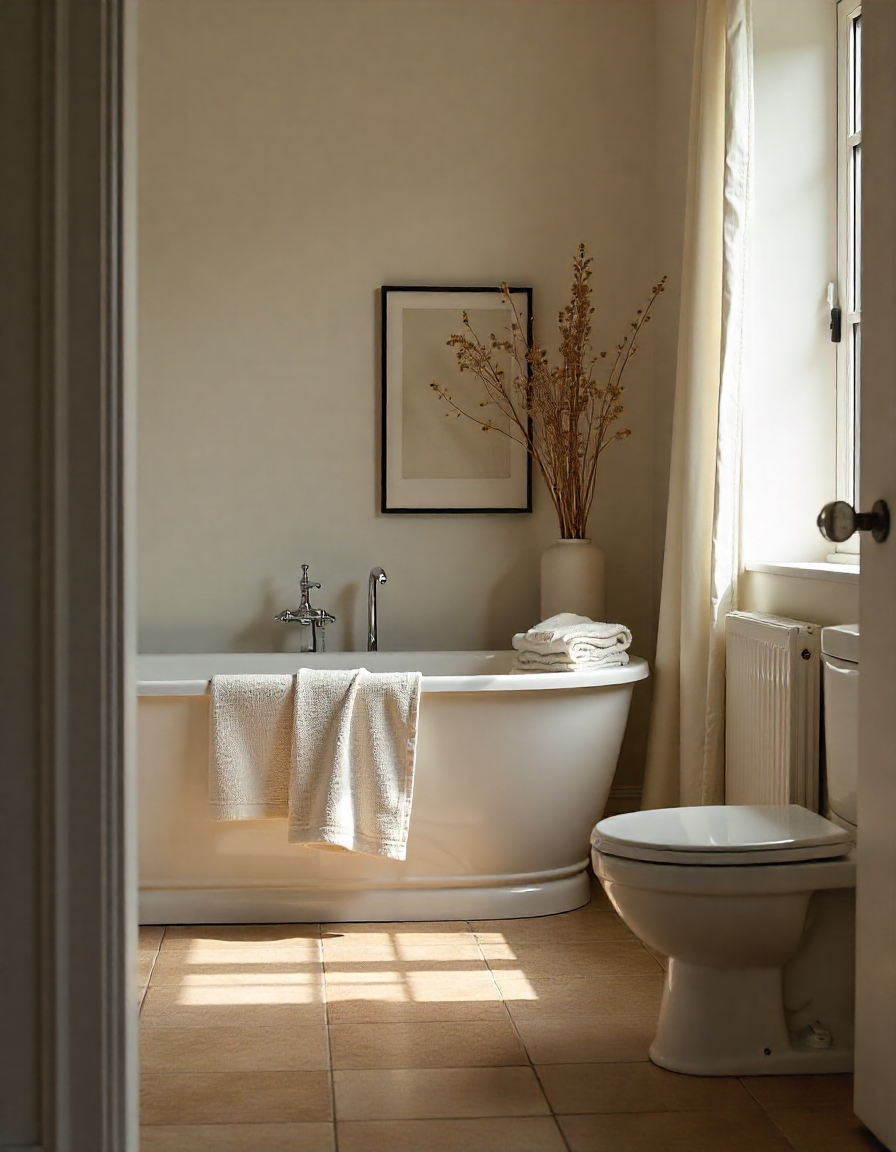The word “lifestyle” often gets reduced to surface-level choices—what clothes we wear, how we decorate our homes, or which diet we follow. Yet in truth, lifestyle is the collection of daily habits, values, and decisions that shape the rhythm of our lives. It reflects not just how we look, but how we think, how we connect with others, and how we care for ourselves.
In an age of constant motion—emails arriving at midnight, social media buzzing nonstop, calendars packed with obligations—it can be hard to pause and ask: Am I living in a way that supports the person I want to become? Lifestyle, at its best, is not about perfection but about alignment: bringing our actions in step with what matters most.
This article explores the elements of a balanced lifestyle, from physical wellbeing to emotional resilience, from relationships to personal growth.
The Foundation: Health and Daily Rhythm
A meaningful lifestyle begins with health—not just the absence of illness but the presence of vitality. What we eat, how we move, and the way we rest are the pillars of daily energy.
Instead of chasing every new fitness trend, it helps to build a simple rhythm. A brisk walk each morning, stretching before bed, and cooking with fresh ingredients are small practices that compound over time. Consistency is more valuable than intensity. A person who moves their body gently every day will often feel stronger than someone who pushes hard once a week and then burns out.
Sleep, too, is underestimated. Modern culture tends to glorify exhaustion, as if long hours at work or minimal rest prove dedication. In reality, deep and regular sleep is one of the strongest predictors of clear thinking, emotional stability, and physical strength. Creating a calming bedtime routine—switching off screens, dimming lights, perhaps reading a book or sipping herbal tea—can turn rest into a cornerstone of daily balance.
The Role of Mindset
Physical wellness lays the foundation, but mindset shapes the experience of living. Our thoughts determine whether we see challenges as burdens or as opportunities to learn. While we cannot always control circumstances, we do have influence over how we interpret them.
Gratitude is one practice that has been shown to shift perspective powerfully. Keeping a simple journal and writing down three things you’re grateful for each evening trains the mind to notice abundance rather than scarcity. Over time, this reframing reduces stress and increases resilience.
Another aspect of mindset is clarity of values. Many people live reactively—responding to demands, obligations, and external pressures—without asking what truly matters to them. Taking time to define personal priorities (family, creativity, service, learning, or whatever resonates most) helps in making choices that bring life into alignment with deeper purpose.
Relationships as the Heart of Lifestyle
No matter how polished our routines are, life without meaningful connection feels incomplete. Relationships—whether with family, friends, or community—form the emotional core of a fulfilling lifestyle.
In busy schedules, it is easy to let genuine connection slip into the background. We might scroll through updates or send quick texts, but rarely sit face-to-face for unhurried conversation. Yet research consistently shows that strong social ties are one of the greatest predictors of long-term happiness.
This doesn’t require grand gestures. Preparing a meal for loved ones, taking a walk with a friend, or even making eye contact and exchanging a few kind words with a neighbor strengthens the sense of belonging. The key is presence—listening without distraction, giving attention without rushing to the next task.
Simplicity in a Complex World
One of the most overlooked aspects of lifestyle is simplicity. We live in a culture that often equates more with better: more possessions, more achievements, more experiences. Yet the pursuit of “more” often leaves people feeling scattered and drained.
Simplifying does not mean rejecting ambition or comfort. It means consciously choosing what adds value and letting go of what clutters the mind or home. A well-curated wardrobe, for example, can reduce decision fatigue and express personal style better than a closet packed with unused items. A tidy living space with fewer but cherished belongings can bring a sense of calm.
Minimalism, when practiced thoughtfully, is not about austerity but about clarity. It frees up energy for experiences and relationships that genuinely matter.
Lifelong Learning and Growth
A healthy lifestyle is never static—it evolves. Curiosity and learning keep the mind alive and the spirit engaged. Whether through books, online courses, hobbies, or cultural exploration, growth ensures that each year feels richer than the last.
Some people assume that learning is confined to formal education, but in reality, life itself is a classroom. Trying a new recipe, practicing a musical instrument, or learning phrases of another language all stimulate the brain and nurture creativity.
Beyond skill-building, growth also means developing emotional intelligence: learning to listen more deeply, manage conflict with grace, and adapt to changing circumstances without losing balance.
Digital Balance
Technology has transformed lifestyle in both positive and negative ways. It connects us instantly across continents, provides endless knowledge at our fingertips, and enables creative expression. Yet, when unbalanced, it also fragments attention and fuels comparison.
Creating digital boundaries is one of the modern challenges of lifestyle design. Setting aside phone-free hours, avoiding endless scrolling, and curating online feeds toward inspiration rather than distraction can drastically shift mental wellbeing. Even small changes—like keeping devices outside the bedroom—help reclaim mental space.
When technology is used consciously, it enriches life. When it dictates our time, it diminishes presence.
Purpose and Contribution
A lifestyle centered only on personal comfort risks becoming shallow. Humans thrive when they feel part of something bigger. Whether through career, volunteering, art, or community work, contributing to the world beyond ourselves deepens fulfillment.
Purpose does not need to be grand. It may be raising children with love, planting a community garden, or sharing knowledge with others. What matters is the sense of meaning attached to daily efforts.
When lifestyle integrates contribution, life feels less like a checklist of tasks and more like a story worth telling.
Bringing It All Together
Designing a lifestyle is less about sudden transformation and more about steady refinement. Small shifts, consistently practiced, create long-term change. A ten-minute walk after dinner, a few lines in a gratitude journal, a weekly call to a friend—these simple acts, repeated, build the architecture of a rich life.
The goal is not to imitate a picture-perfect standard but to craft a way of living that feels authentic. Some thrive in quiet routines; others in adventurous exploration. The essence is alignment: health that supports vitality, relationships that nurture the heart, growth that fuels curiosity, and purpose that anchors the soul.
Final Reflection
In a world overflowing with noise and speed, the art of lifestyle is learning to pause, choose deliberately, and live with intention. It is not about achieving balance once and for all, but about adjusting, like a sailor trimming sails, as circumstances shift.
A meaningful lifestyle does not need to be extraordinary. It needs to be yours. Built from your values, colored by your connections, shaped by your rhythms. When lived with awareness, even ordinary days carry quiet richness.

